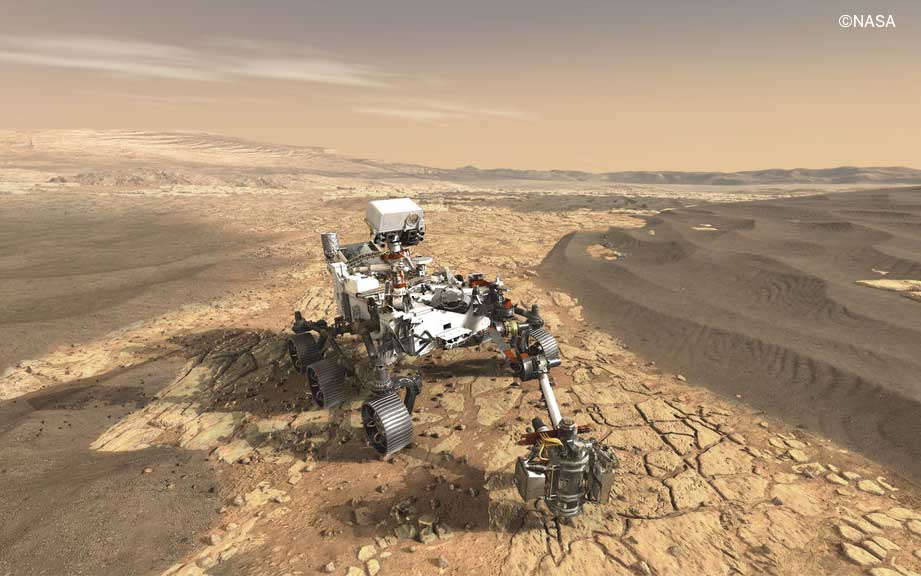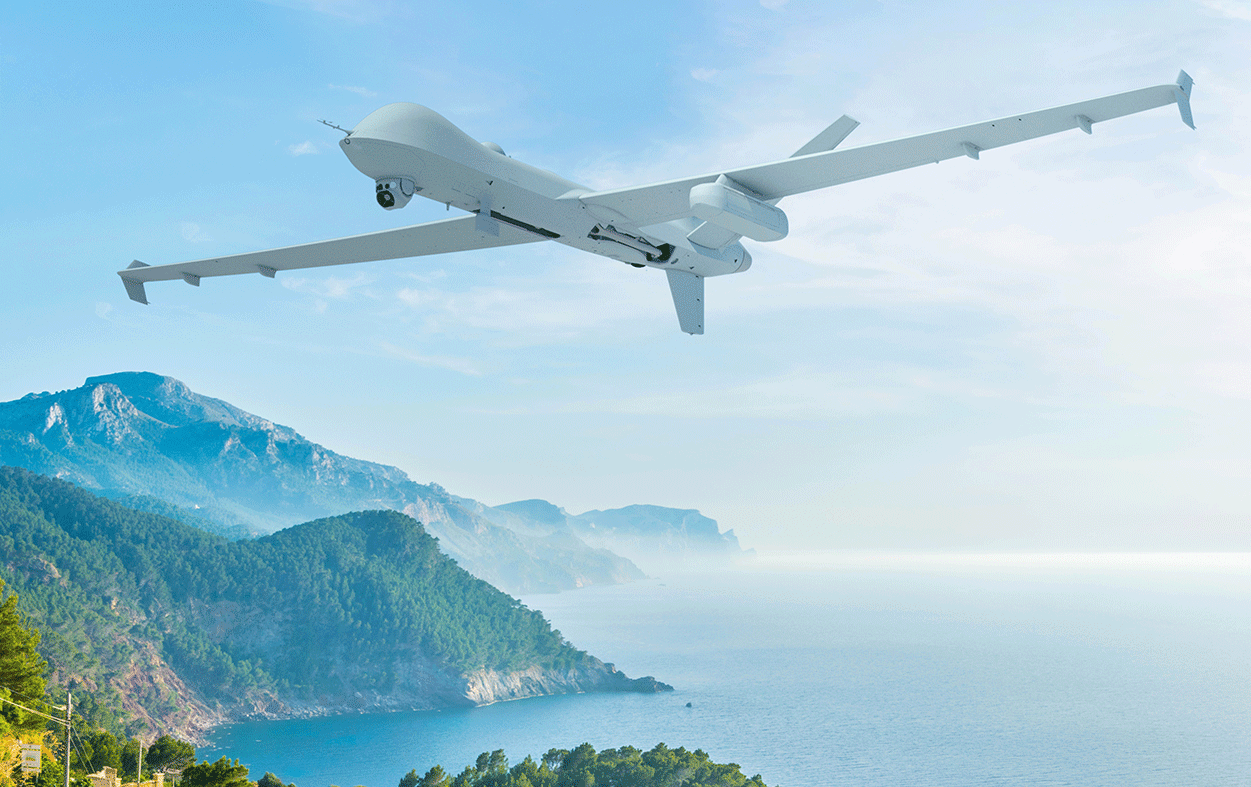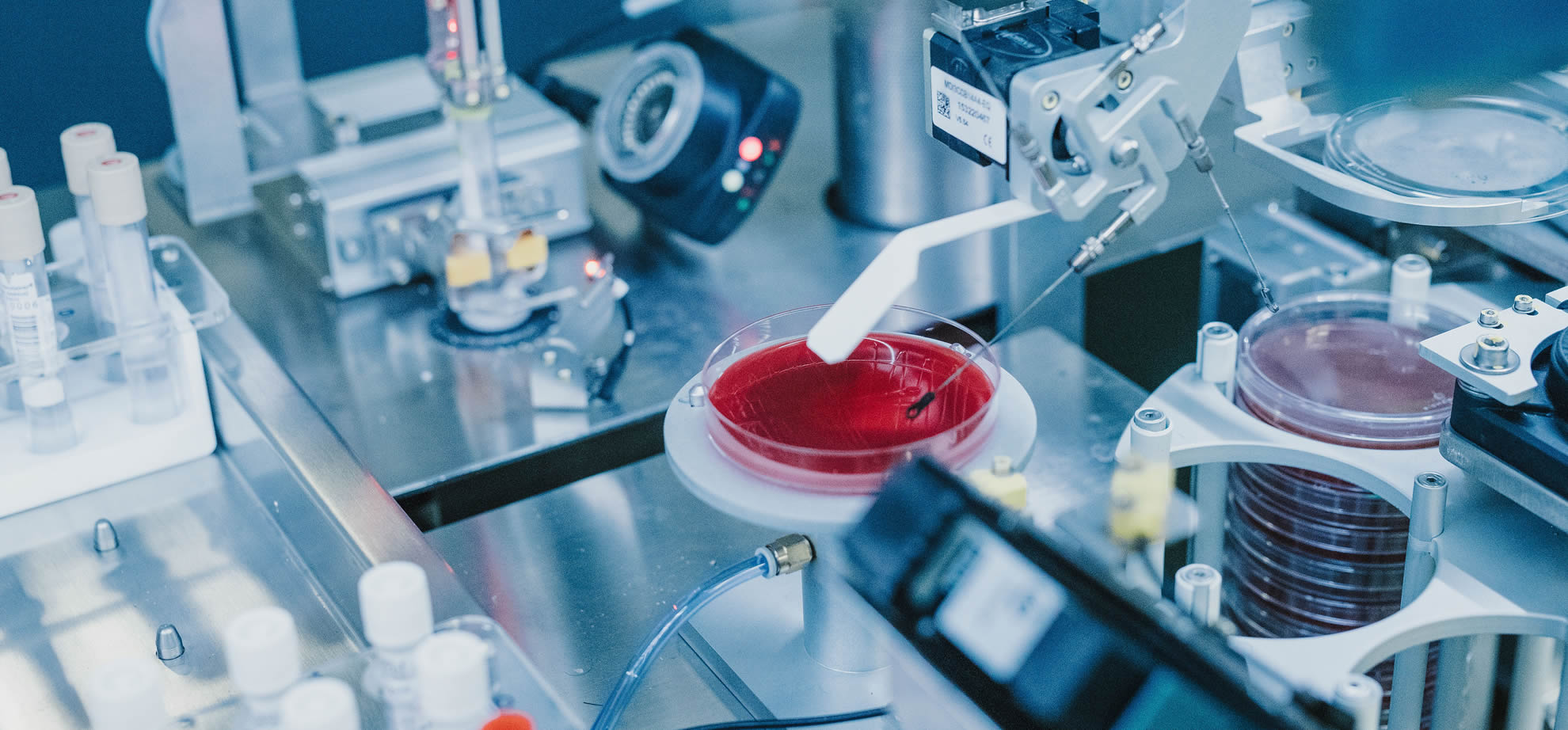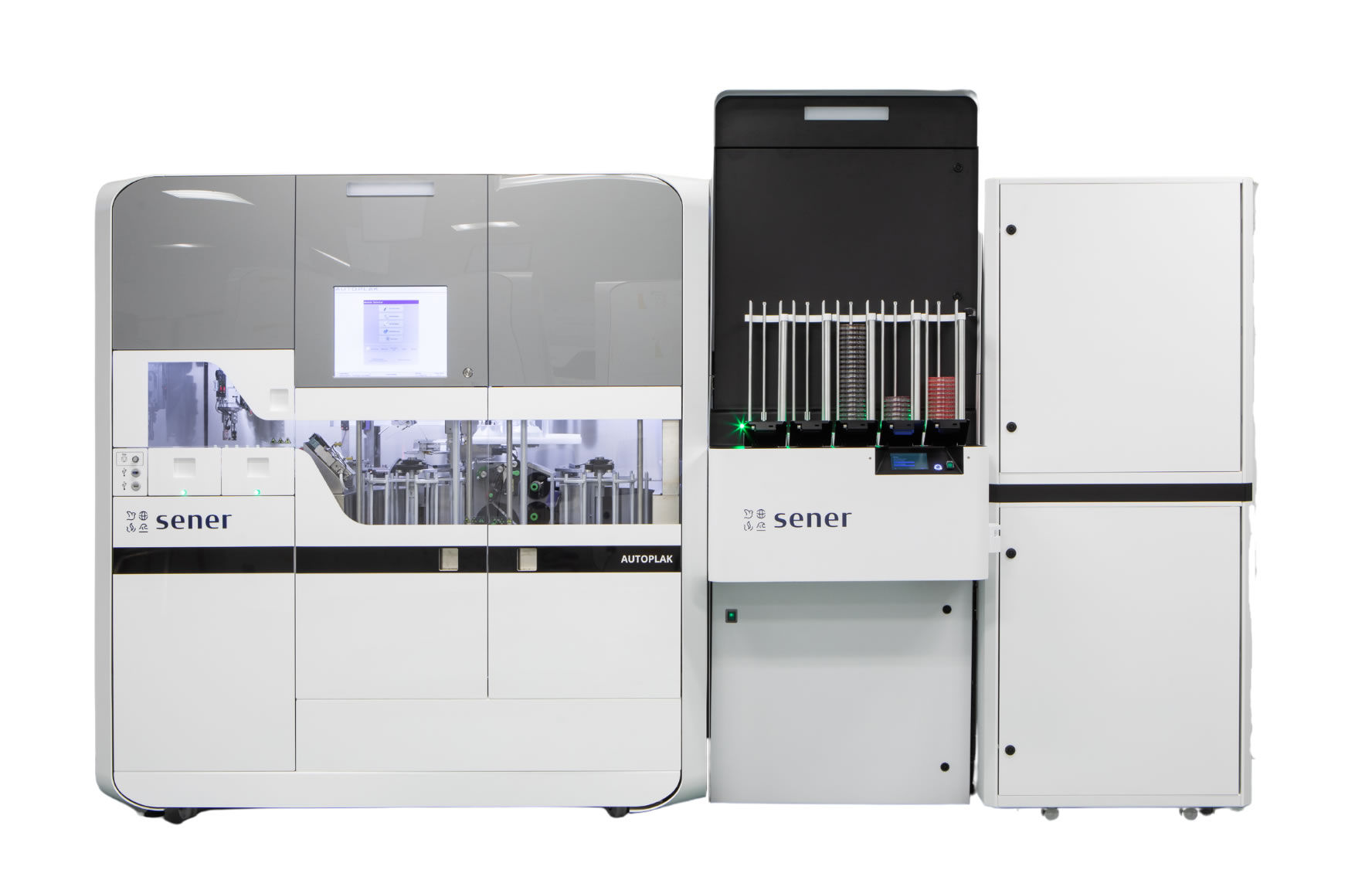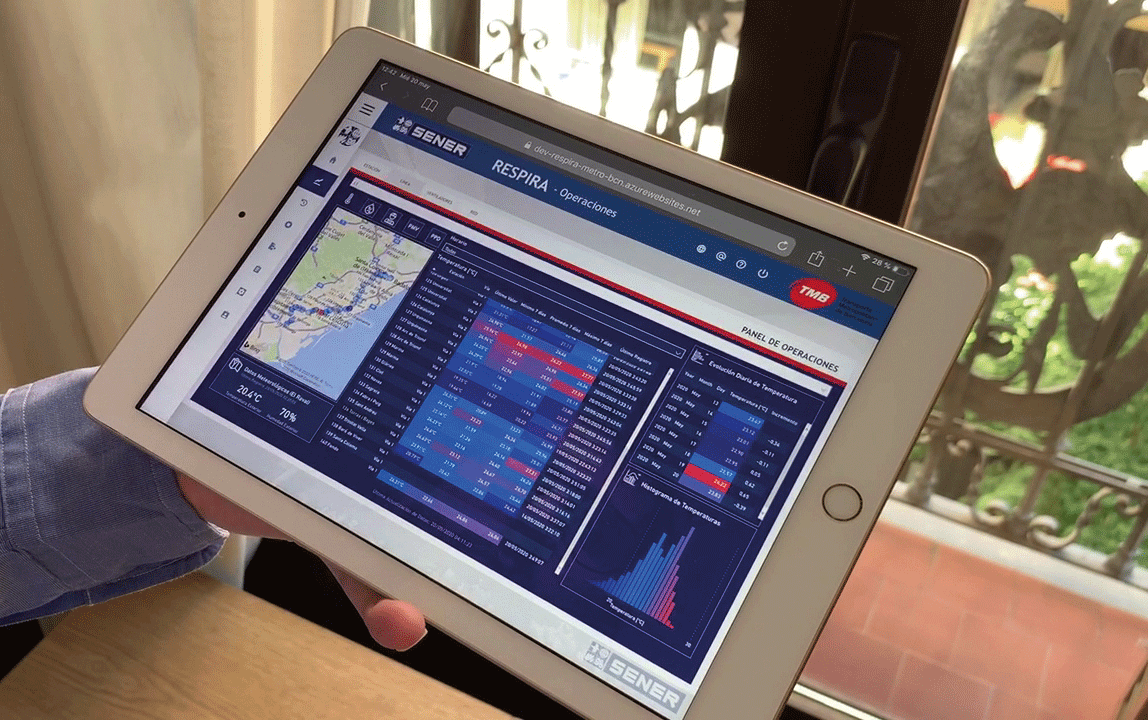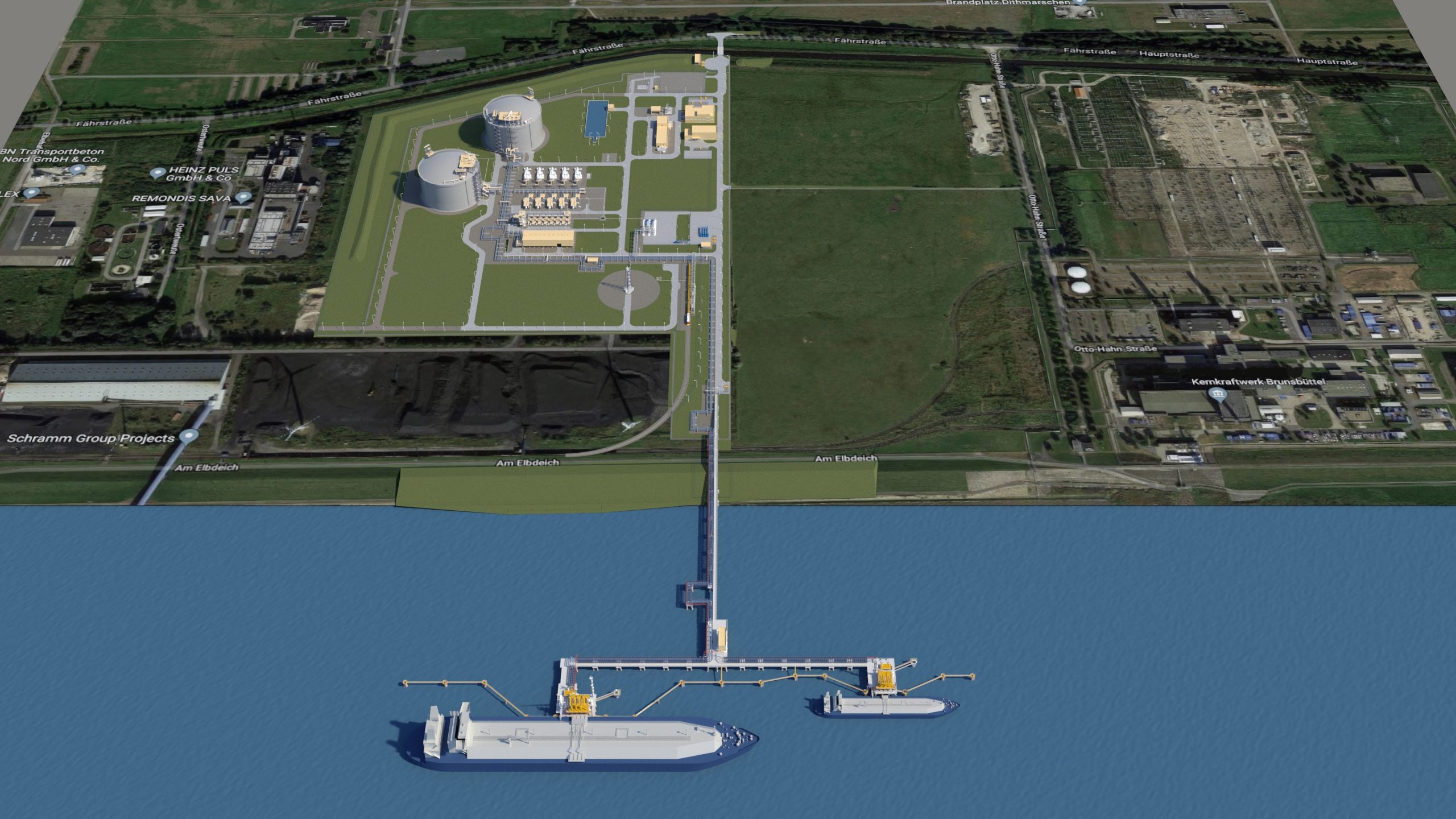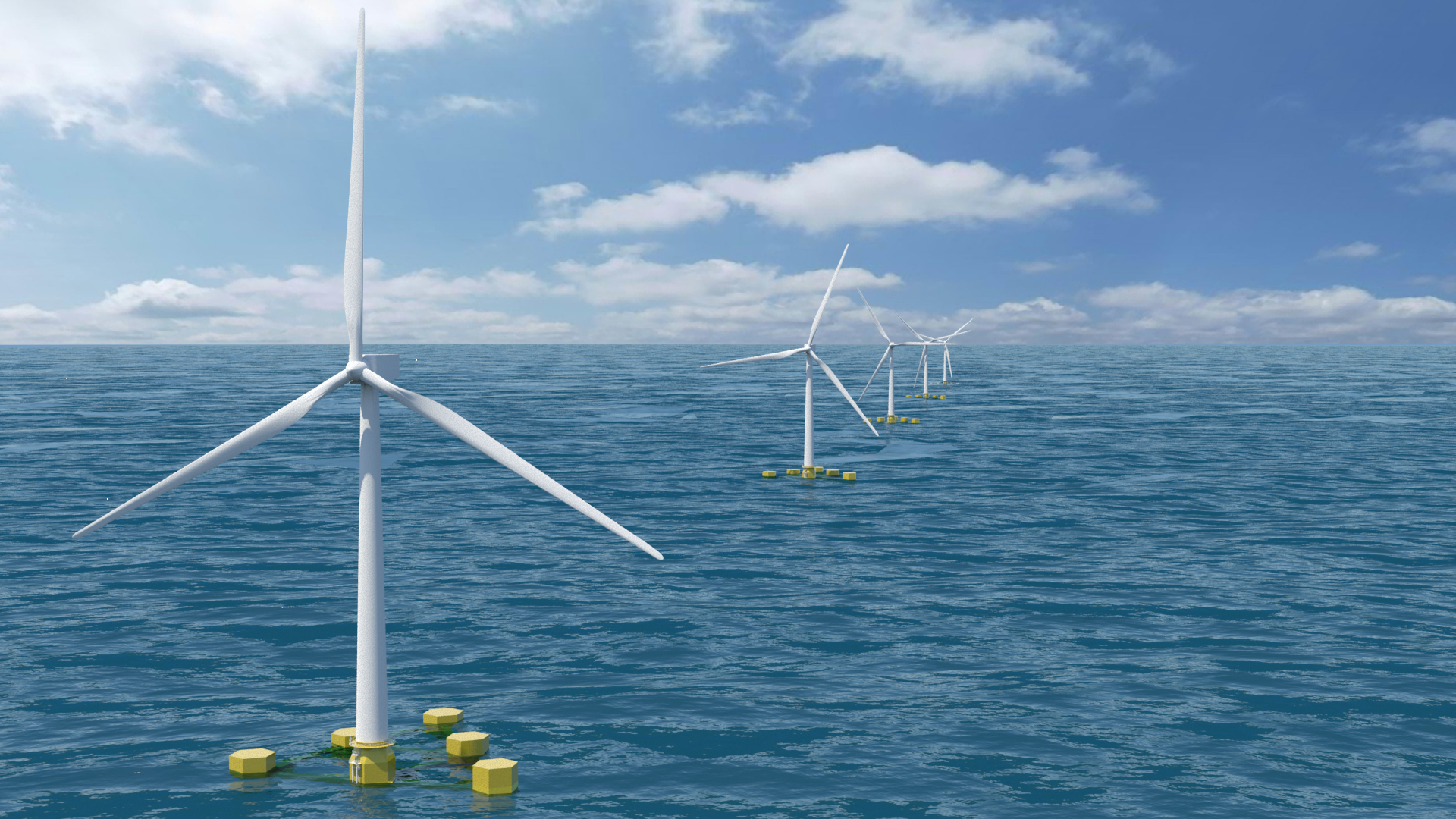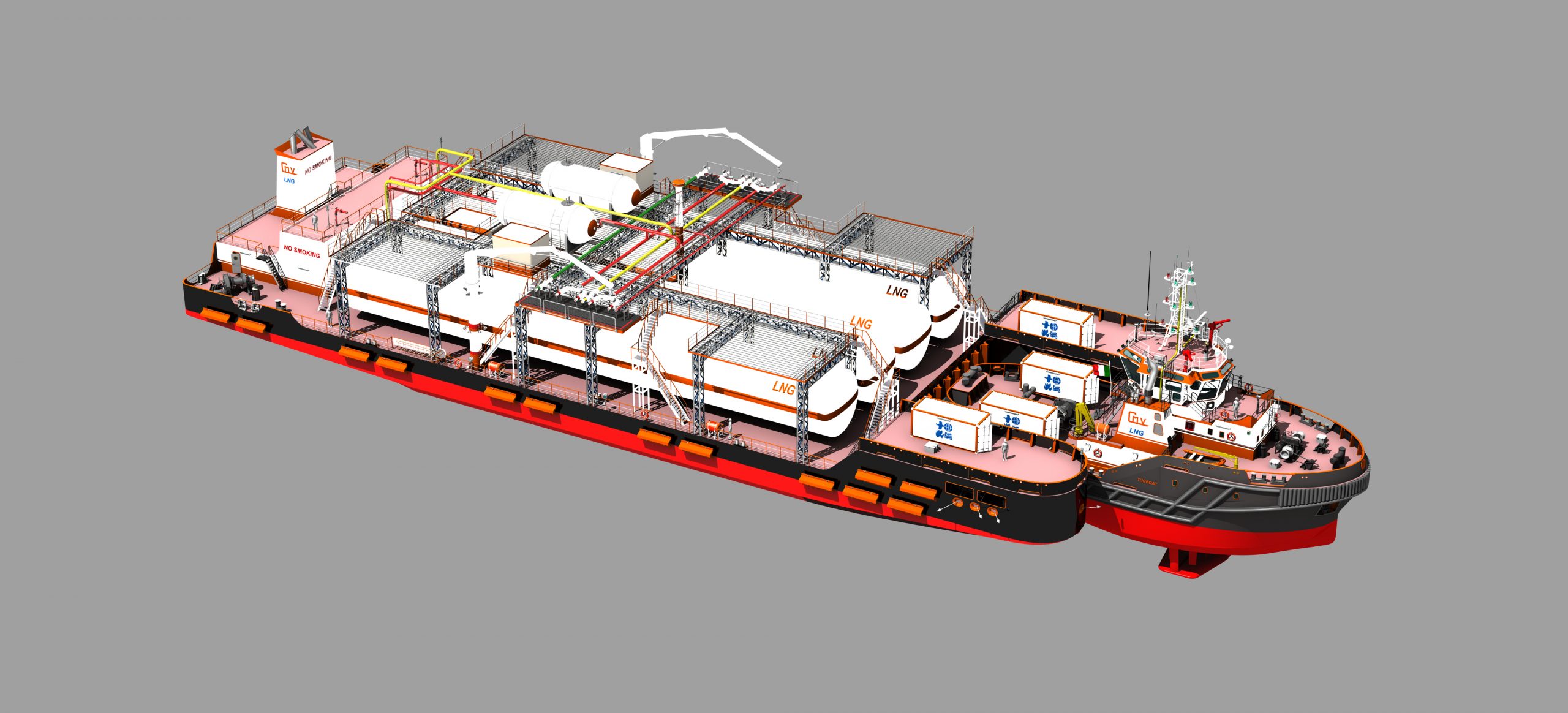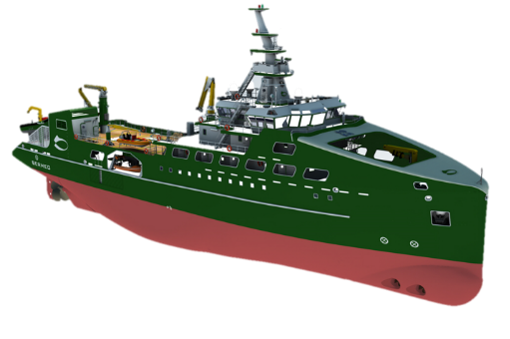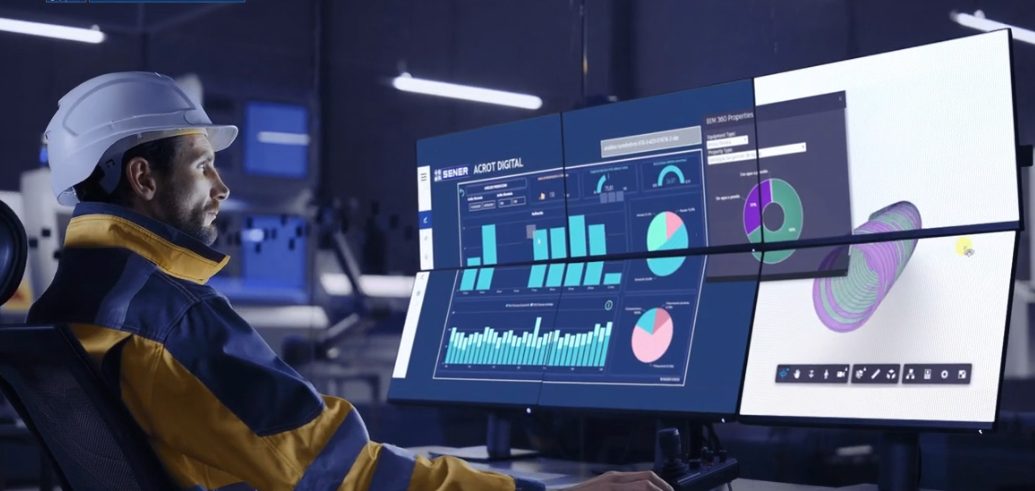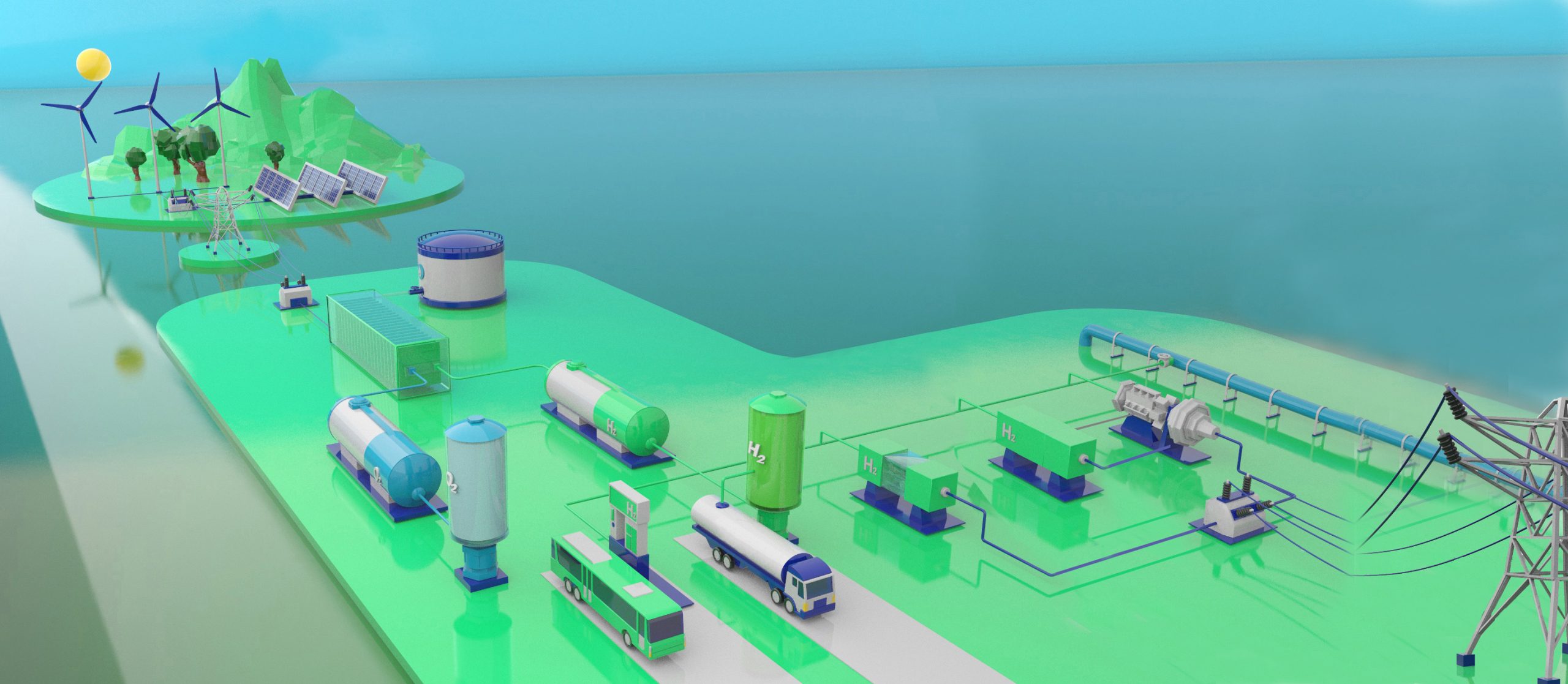Sener will design and manufacture all the separation systems for the descent module, the UHF communications antennas and the landing gear for the platform that houses the Rosalind Franklin rover. Sener is also responsible for the positioning and translation system for the rover’s drill, the mechanisms for deploying the solar panels and its communications antennas for the rover and the communications antennas for the orbiter. The mission in which the Rosalind Franklin is a part is the third to Mars in which Sener is participating, after having provided the antenna pointing mechanism for the Perseverance and Curiosity rover, for NASA’s Mars 2020 and Mars Science Laboratory missions.
Sener has been selected by the European Space Agency (ESA) to develop several key systems for the entry module of the Rosalind Franklin, the rover (or vehicle for space exploration) that will form part of the ExoMars mission, whose launch is scheduled for 2028.
The Rosalind Franklin will search for traces of life on Mars, carrying out advanced scientific research on its surface. Sener will be responsible for the design, development and supply of various essential systems that will guarantee the success of the mission. Specifically, Sener will design and manufacture three key subsystems for the correct landing of the rover on Mars: the landing gear, the mechanisms and adapter for separating the entry capsule, and its UHF communications antennas. The rover will also carry on board equipment developed by Sener: the drill positioning and translation system, the solar panel deployment mechanism, and X and UHF band antennas.
These systems will help achieve the mission’s objective, thanks to the capabilities of the rover, which will have to drill holes up to two meters deep into the Martian surface to take soil samples and analyze their composition. In addition to the search for traces of life, ExoMars will investigate the variation of the Martian geochemical environment, study the composition of traces of gases in the Martian atmosphere and their sources of origin, and demonstrate the feasibility of using key technologies for future space exploration missions.
In the words of Yon Jáuregui, project director at Aerospace and Defence at Sener, “it is a privilege to work on a mission like ExoMars, which combines the technical challenge with the value of seeking fundamental answers about life and the universe. Projects like this not only challenge us professionally but also remind us why we chose to dedicate ourselves to space exploration.”
ExoMars will be the third mission to Mars in which Sener participates, after the Mars 2020 and Mars Science Laboratory missions of NASA. In both cases, Sener was responsible for the design, manufacture, verification and integration of similar systems that confirm Sener’s ability to now be part of the Rosalind Franklin mission.
In addition, Sener has designed and manufactured in Poland the umbilical release mechanism (URM) or “umbilical cord” of the ExoMars Rosalind Franklin mission, a critical element for the electromechanical connection between the rover and the descent module, which will provide the vehicle with electrical power once it lands on the planet’s surface, and which must remain operational in extreme conditions.
 About us
About us About us / section
About us / section Markets
Markets Markets / section
Markets / section Projects
Projects Careers
Careers Careers / section
Careers / section
